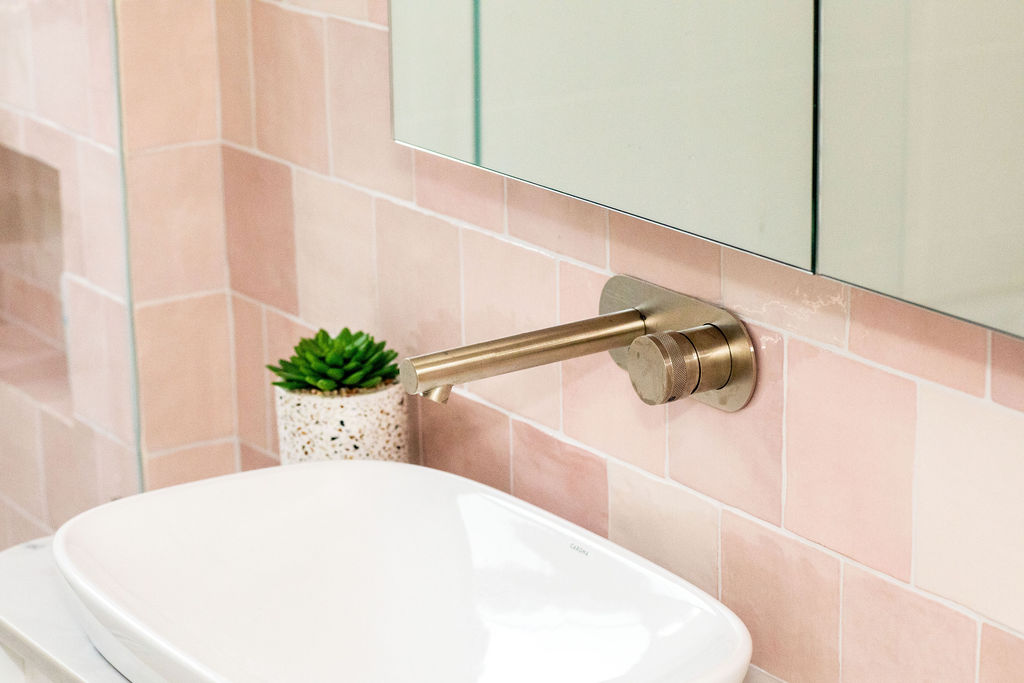If you’ve ever dealt with damaged or blocked pipes, you know it can be a stressful situation. The idea of digging up your yard or tearing through your walls to replace pipes isn’t just inconvenient—it can be costly and time-consuming.
But what if there was a way to fix your pipes without the hassle of excavation? That’s where pipe relining comes in, and it’s quickly becoming the go-to solution for homeowners in Sydney.
In this blog, we’ll break down everything you need to know about pipe relining, why it’s better than a full replacement, and why it’s a game-changer for Sydney’s home plumbing needs.
Pipe Relining vs Replacement: A Snapshot of the Key Differences
Cost
- Relining: Lower overall costs due to minimal excavation and restoration.
- Replacement: Higher costs due to digging and property restoration.
Durability
- Relining: Lasts up to 50 years with proper maintenance.
- Replacement: Also durable but more invasive to install.
Impact on property
- Relining: Minimal disruption to landscaping and structures.
- Replacement: Significant excavation and potential property damage.
But First, What is Pipe Relining?

Image credit: All Drains
Pipe relining is a modern plumbing technique that repairs damaged pipes by creating a new, durable lining inside the existing pipe. Instead of replacing the entire pipe, this method reinforces it from within, making it as good as new—or, honestly, even better.
Here’s how it works:
- Inspection and assessment: We use CCTV cameras to inspect the pipe and pinpoint the damage.
- Cleaning the pipe: High-pressure water jetting clears blockages and prepares the pipe for relining.
- Inserting the liner: A flexible liner coated with resin is inserted into the damaged pipe.
- Curing the resin: The resin is hardened using hot water, steam, or UV light, creating a strong, seamless pipe within a pipe.
- Final inspection: We do one last CCTV inspection to make sure everything’s in good working order, and to diagnose whether anything needs tweaking.
Advantages of Pipe Relining Over Replacement
So, why is pipe relining often a better choice than a full replacement? There are five key takeaways you need to know:
Minimal disruption
Traditional pipe replacement often involves extensive digging, which can damage your landscaping, driveways, and even your home’s foundation.
Pipe relining, on the other hand, is trenchless, meaning it requires little to no excavation. This makes it ideal for properties in Sydney’s tightly packed urban areas or older homes with established gardens.
Cost-effectiveness
While the initial cost of pipe relining might seem high, it’s often more affordable in the long run. Why? Because you’re avoiding the additional expenses of restoring landscaping, paving, or walls that come with traditional replacement methods.
Time efficiency
Relining can often be completed in a matter of hours or days, depending on the extent of the damage. Compare this to traditional methods, which can take weeks and cause significant inconvenience.
Durability
Relined pipes are incredibly strong, with a lifespan of up to 50 years. The resin used is resistant to corrosion, tree roots, and leaks, making it a long-term solution for your plumbing needs.
Environmental benefits
Pipe relining reduces waste by repairing existing pipes instead of replacing them. It also minimises the carbon footprint associated with excavation and transportation of new materials.
When to Choose Pipe Relining

Pipe relining might not be the solution for every plumbing issue, but it’s perfect for:
- Tree root blockages: If tree roots have invaded your pipes, relining can seal the damage and prevent future problems.
- Cracked or misaligned pipes: Relining reinforces cracks and corrects alignment issues.
- Ageing infrastructure: Older homes in Sydney, especially in areas like the Eastern Suburbs, can benefit from the added durability of relined pipes. These pipes may well have been working overtime for years, so a relining is likely in order.
Keep in mind that if your pipe is completely collapsed or severely damaged, a full replacement is probably still going to be necessary. But don’t panic—we’re well-versed in pipe replacements with as little disruption to your home and yard as possible.
How Much Does Pipe Relining Cost in Sydney?
This is a tricky one to answer, of course, because costs vary pretty much from house to house. The cost of pipe relining also depends on several factors, including:
- Pipe size and length: Larger or longer pipes require more materials and labor.
- Extent of the damage: More extensive damage can increase costs.
- Location: Pipes in hard-to-reach areas may require additional effort.
On average, though, pipe relining in Sydney ranges from $500 to $1,000 per metre. While this might seem steep, it’s often cheaper than the combined costs of excavation, replacement and property restoration that comes with full replacements.
FAQs about Pipe Relining

Is pipe relining worth it?
Absolutely. For most situations, it’s a cost-effective, durable and non-invasive solution that saves time and money.
What’s the life expectancy of relined pipes?
Relined pipes can last up to 50 years, depending on the materials used and the quality of installation.
What are the disadvantages of relining?
Relining may not be suitable for completely collapsed pipes or areas with severe structural damage. In these cases, replacement might be the better option.
Can all types of pipes be relined?
Most pipe materials, including PVC, clay and cast iron, can be relined. Your plumber will assess your specific situation.
How to maintain relined pipes?
Avoid flushing debris, use drain strainers and schedule regular inspections to keep your pipes in good shape.




